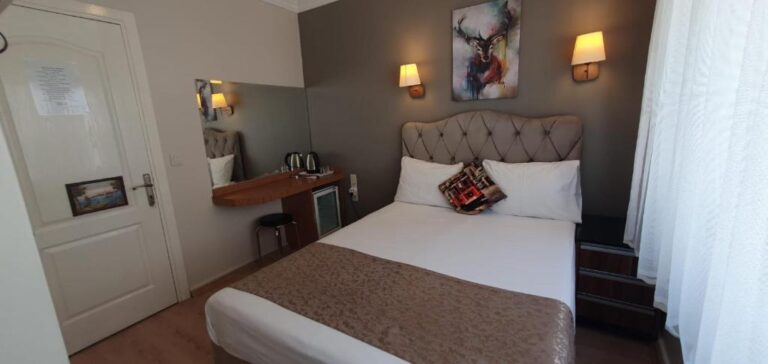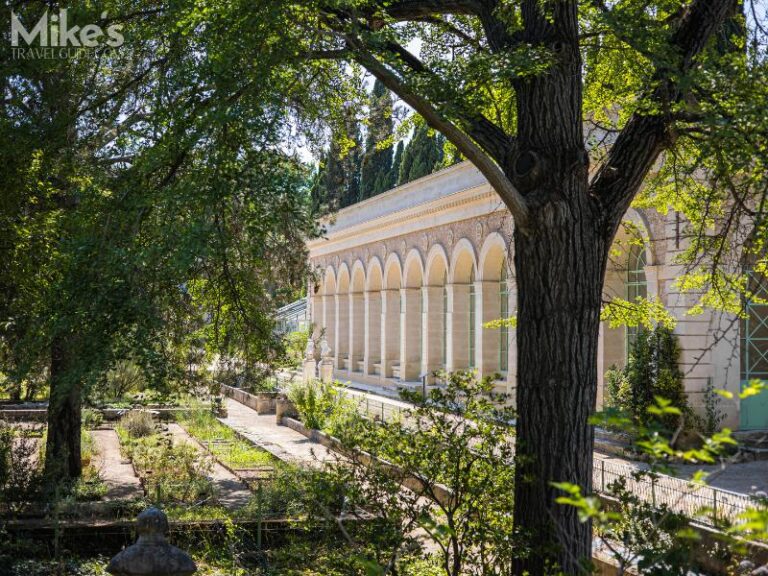If you’re looking for a fascinating glimpse into Lafayette’s early history, be sure to visit Vermilionville Historic Village, one of the city’s most captivating attractions. This 23-acre Living History Museum & Folklife Park, situated along the picturesque Vermilion River, aims to recreate the atmosphere of an early Acadian settlement and preserve the region’s rich cultural heritage. The land on which the village stands was once owned by former Louisiana Governor Alexandre Mouton.
Stepping Back in Time
As you explore the village, you’ll encounter a variety of historical buildings, some original and others carefully reconstructed, that serve as venues for demonstrations of traditional Acadian, Creole, and Native crafts. Each building has its own unique story to tell, offering a window into the lives of the people who once called this area home.
Maison Acadienne
The Maison Acadienne, an early 19th-century ‘Acadian House’, originally stood on the plantation owned by the family of Jean Mouton and served as the schoolhouse his grandchildren attended. Today, the building houses an exhibit on traditional healing practices, providing insight into the medical knowledge and customs of the time.
Maison Beau Bassin
The Maison Beau Bassin, an original mid-19th century home, showcases a blend of American Greek Revival and Creole architectural styles. This house serves as a demonstration area for spinning, weaving, and other textile crafts, with displays of colorful quilts, period clothing, sewing machines, spinning wheels, and a 200-year-old Acadian loom. The wide front gallery, featuring square Corinthian columns and exterior stairs leading to the former garçonnière (boys’ room), is a striking example of the era’s architectural design.
Maison Boucvalt
Built as an urban residence in the mid-19th century, the Maison Boucvalt combines Acadian and Creole style elements. The elegant interior decor includes half tester beds, armoires, and an upright piano, along with some 20th-century touches like a wooden wall telephone and an indoor bathroom, offering a glimpse into the evolution of domestic life.
Maison Broussard
The Maison Broussard, the largest and oldest house in Vermilionville, is an original late-18th century residence that once belonged to wealthy rancher and Revolutionary War veteran Armand Broussard, son of legendary Acadian Joseph ‘Beausoleil’ Broussard. This impressive structure stands as a testament to the prosperity and resilience of the early Acadian settlers.
Maison Buller
The Maison Buller, an early-19th century Creole-style house originally located in nearby St. Landry Parish, features an attractive exterior with green and red trim and a rear loggia. Inside, you’ll find a center fireplace and rustic furnishings, including a table with bench seats, a trundle bed, and a weaving loom. A red-brick water well on the side lawn adds to the house’s charm and authenticity.
Maison des Cultures (Maison Coussan)
The Maison des Cultures, also known as the Maison Coussan, is a mid-19th century home that now houses exhibits pertaining to the various cultures of the area. Among the displays are Native American tribal artifacts and examples of early building techniques, such as bousillage, providing a comprehensive look at the diverse influences that shaped the region’s history.
Crafts and Trades of the Past
Along With the historical homes, Vermilionville Historic Village features several structures that highlight the crafts and trades practiced by early Acadian settlers.
Le Hangar à Bateau (Boat Shed)
Le Hangar à Bateau, a wall-less ‘boat shed’, houses a collection of early-Acadian style wooden boats, offering a glimpse into the importance of water transportation in the region’s history.
Le Cabanage de Piégeur (Trapper’s Cabin)
In Le Cabanage de Piégeur, a replica of an Acadian trapper’s hut, you’ll find an array of tools and trappings related to the trade, including handwoven traps, nets, hand-carved decoys, and boat oars, illustrating the ingenuity and self-sufficiency of the early settlers.
Maison Mouton (Woodworking and Cabinet-Making)
The Maison Mouton, a reconstruction of an early-19th century Acadian-style house, serves as a venue for woodworking and cabinet-making demonstrations. Inside, you’ll notice a collection of two-man passé partout saws on the wall, a brick hearth with a simple wooden mantle, glass-less windows with operable shutters, doors with wrought iron locks and hinges, and a detached kitchen, showcasing the craftsmanship and practicality of the era.
La Forge (Blacksmith’s Forge)
La Forge, a reconstruction of a blacksmith’s forge, provides a space for smithing demonstrations, highlighting the essential role of metalworking in the daily lives of early settlers.
Religion and Education in Acadian Life
Vermilionville Historic Village also features structures that represent the importance of religion and education in Acadian life.
La Chapelle des Attakapas
La Chapelle des Attakapas, a reproduction of a late-19th century Catholic church, features a stark white interior that reflects the simple yet profound faith of the Acadian people.
Le Presbytère (Priest’s Residence)
Connected to the chapel by a raised walkway, Le Presbytère is an original early-19th century house that represents the residence of a Catholic priest of the time. Its simple furnishings offer a glimpse into the modest lifestyle of religious leaders in the community.
L’école (Schoolhouse)
L’école, a reproduction of a late-19th century schoolhouse, features rows of iron and wood desks, ladder back chairs, and a wood-burning potbelly stove in the corner. The blackboard bears the words ‘I will not speak French’, representing the punishment students likely faced for speaking their native language at a time when French was banned by law, highlighting the challenges faced by Acadian culture in the face of assimilation pressures.
Exploring the Natural World
Vermilionville Historic Village also offers exhibits that showcase the natural environment and its importance to the Acadian way of life.
The Watershed Exhibit
The Watershed, an educational and partially interactive exhibit, focuses on the ecosystem of the Vermilion River and its role as a watershed for South Central Louisiana, emphasizing the interconnectedness of human life and the natural world.
Cultural Experiences and Cuisine
Along With the living history demonstrations, Vermilionville Historic Village hosts live musical entertainment featuring area musicians. Cajun Jam Sessions are held every Saturday afternoon, while Le Bal du Dimanche takes place every Sunday, providing visitors with a lively and authentic cultural experience.
No visit to Vermilionville would be complete without a stop at La Cuisine de Maman, the on-site restaurant, for a bowl of delicious gumbo, a staple of Acadian cuisine.
Getting There and Ticket Info
- Location: Vermilionville Historic Village is located at 300 Fisher Road, Lafayette, Louisiana.
- Admission:
- Adult: $10.00
- Seniors (Ages 65 & Over): $8.00
- Students (Ages 5-18): $6.00
- College Students (with ID): $6.00
- Children (Ages 4 & Under): Free
Tips for Your Visit
- Allow at least 2-3 hours to fully explore the village and enjoy the demonstrations and exhibits.
- Wear comfortable shoes, as you’ll be walking on uneven surfaces and through various buildings.
- Check the village’s website or ask at the visitor center about any special events or demonstrations happening during your visit.
- Don’t forget to bring your camera to capture the unique architecture, crafts, and natural beauty of the village.
- If you’re visiting with children, encourage them to ask questions and participate in the interactive exhibits to enhance their learning experience.
Vermilionville Historic Village offers a truly immersive and educational experience that brings the past to life. By exploring the homes, crafts, and traditions of early Acadian settlers, visitors gain a deeper appreciation for the rich cultural heritage that has shaped Lafayette and the surrounding region. Whether you’re a history buff, a culture seeker, or simply looking for a unique and engaging attraction, Vermilionville is sure to leave a lasting impression.


